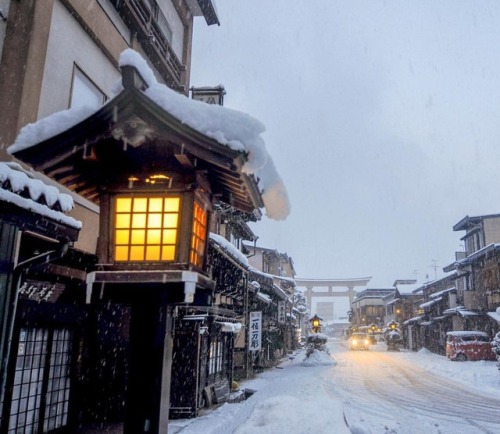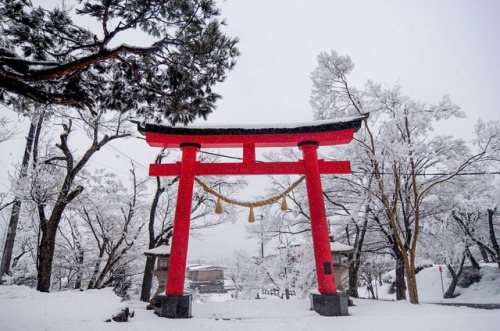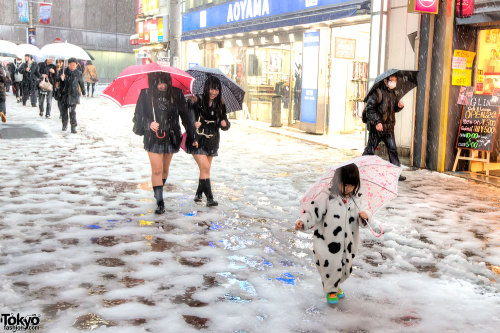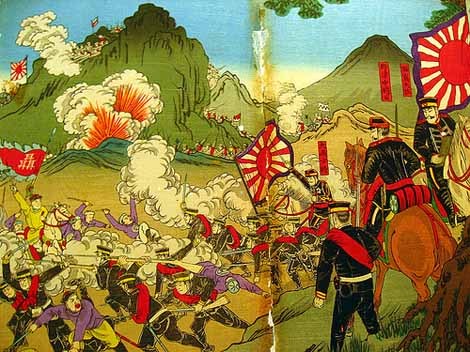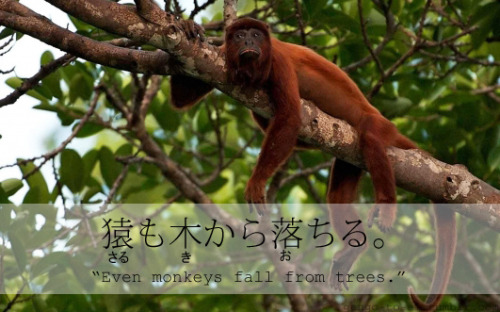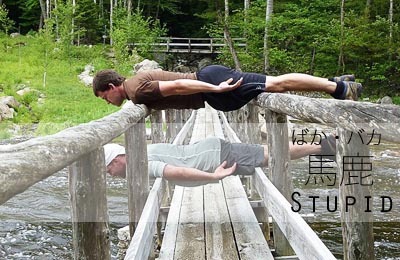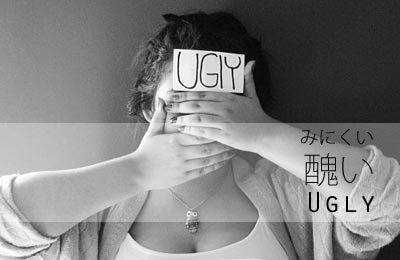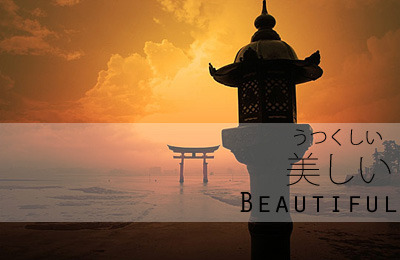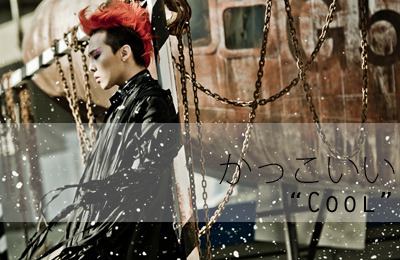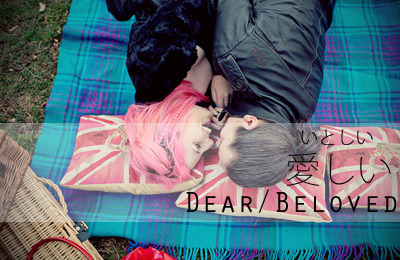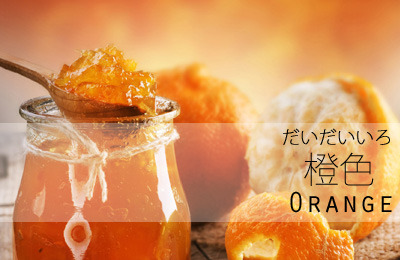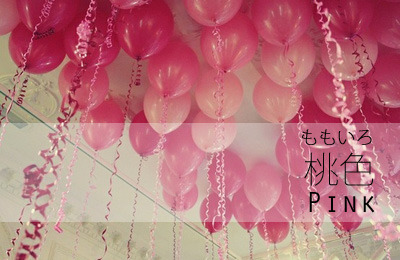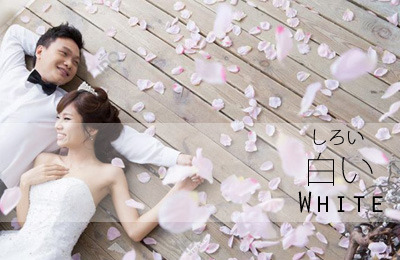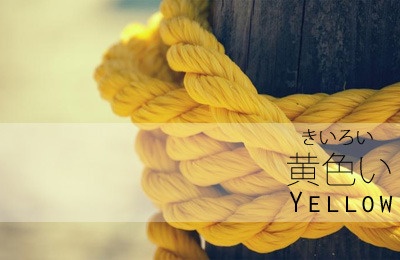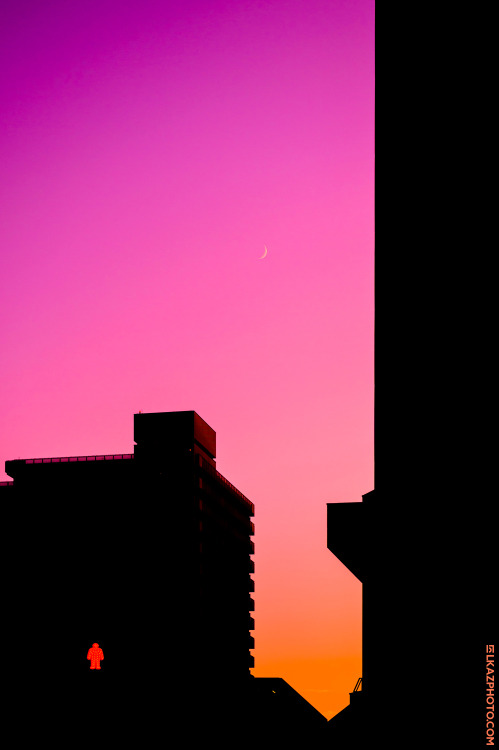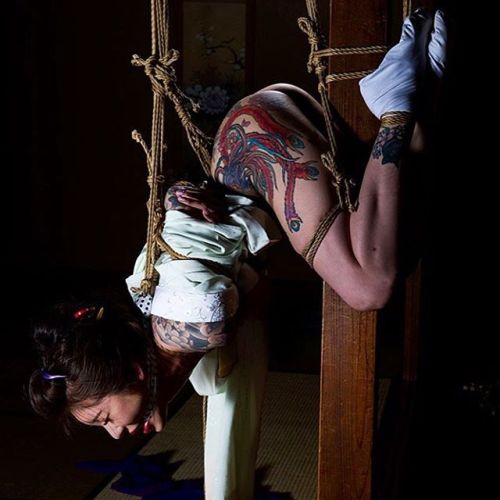#日本
Another lantern glows on the streets of Takayama. Read more about traveling to the Japanese Alps on the website, link in the bio!
.
.
.
.
#japan #日本 #explorejpn #team_jpn #bbctravel #igersjp #icu_jpn #traveljapan #passionpassport #photojournalism
#nikonphotography
#offthebeatenpath
#traveldiary #worldcaptures #neverstopexploring #lonelyplanet #yourshotphotographer #travelblogger #beautifuldestinations #backpacking #lifewelltravelled #instapassport #traveltheworld #natgeo #travelpics #wanderlust #inspirationcultmag #travelphotography #cntraveler #旅行 (at Takayama, Gifu)
https://www.instagram.com/p/Bp9idGjgP0Y/?utm_source=ig_tumblr_share&igshid=2jbq9cxtgw1y
Post link
A red torii stands out among the snow in Takayama, a town in the Japanese Alps. You can read more about Takayama on the website, link in the bio!
.
.
.
.
#japan #日本 #explorejpn #team_jpn #bbctravel #igersjp #icu_jpn #traveljapan #passionpassport #photojournalism
#nikonphotography
#offthebeatenpath
#traveldiary #worldcaptures #neverstopexploring #lonelyplanet #yourshotphotographer #travelblogger #beautifuldestinations #backpacking #lifewelltravelled #instapassport #traveltheworld #natgeo #travelpics #wanderlust #inspirationcultmag #travelphotography #cntraveler #旅行 (at Takayama, Gifu)
https://www.instagram.com/p/Bp7CLvfgKtM/?utm_source=ig_tumblr_share&igshid=su3wh6zxwohn
Post link
Now I bet most of you have heard of the famous ‘Coming of Age Day’ (Seijin no Hi・成人の日) which celebrates youths transition into adulthood at the tender age of 20. But here is a celebration which I have noticed most people outside of Japan are not so familiar with, 7-5-3 (Shichi-Go-San・七-五-三) which happens every year on November 15.

7-5-3 (Shichi-Go-San・七-五-三) is day which both celebrates and prays for the growth of healthy children. The significance of the ages 7, 5 and 3 are that they are the celebrated milestone years for children in Japan. Much like how many eastern countries celebrate certain ages, i.e. 3, 10, 13 and 16.
The reasons for these particular ages, dates back to the “medieval” times of samurai and aristocrats families (web-japan.org), these ages saw the following:
- 3 years old: Both boys and girls of 3 years stopped having their hair shaven and were permitted to grow their hair out.
- 5 years old: Boys of 5 years could don a ‘hakama’ in public for the first time.
- 7 years old: Girl could begin using an ‘obi’ sash to tie their kimonos instead of the cords at the age of 7.
By the time of the Edo period (1603-1868) the ‘common’ folk of Japan were also celebrating these customs and began to visit shrines with prayers and offering for their children’s healthy growth. This custom/celebration is not a part of a holiday thus people celebrating this day can often be seen at the shrine the weekend before or after November 15th(ginkoya.com).

Suki na hito wo wasure youto suru nante koto wa, shiranai hito wo oboe youto suru no tonaji da.
Post link
In Japan, the 2nd Monday of the New Year is marked as ‘Coming of Age Day’ or Seijin no Hi - 成人の日.
It is held for those who have matured to the age of 20 in the past year and commemorate their transgretion into adult hood.
This Coming of Age Day became an icey wonderland with the streets filling with snow.
For futher information about 2013’s Comeing of Age Day check tokyofashion’s article.
Post link
The First Sino Japanese War - 1894-1895
A war fought between Japan and China, their goals you ask? It was to decide which of the nations would have control over Korea.
In 1885 an agreement was signed by the two which allowed both nations to station troops in the land, the “Li-Ito Convention”, but 9 years later the peoples of Korea revolted. Both Japanese and Chinese troops were sent to “rectify” the situations. The job was done, and their claim on the land was once again cemented but when it was time for the troops to return to their posts, the Japanese refused to withdraw their soldiers from the then Chinese controlled Korea.
For more information about the First Sino War - click here
Post link
Old meets new: Young Japanese attend the annual Tori no ichi festival(酉の市-Rooster Day Fair).
Post link

“n – a Buddist guardian of children and travellers or statues of him. Usually in the form of じぞうさま. These statues are found in temples and all over Japan at roadside or on paths.” – Oxford Japanese Minidictoinary, © Jonathan Bunt 2000, 2001, pg 103.

The Jizo / Ojizousama is one of Japans most loved Japanese divinities, as he is affiliated with protection and the saving of “lost” souls. More commonly the souls of children who have passed before ‘their time’. It is said that Ojizousama helps babies, still borns and children’s souls to pass onto the afterlife, saving them from an eternity of piling stones on the banks of the Sanzu River (a river which is believed to have to be crossed in order to reach the afterlife). In doing so he hides the young souls in his cloak, protecting them from demons and carrying them across.
It is quite common to find these statues in cemeteries, temples and on roadsides/paths and sometimes accompanied with little stones, pebbles and/or coins. These little offerings are given as thanks for saving/protecting someone or in hopes that this divinity with aid someone lost.
Ojizousama is also believed to be the protector of travellers, or dousojin, and Firefighters.
Negative Adjectives:
__________
Disgusting: Mazui / まずい / 不味い - (i-adj) also ‘unpleasant’; refers to taste, appearance and situation.
Stupid: Baka / ばか・バカ / 馬鹿 - (na-adj) also ‘idiot’, ‘jerk’, ‘folly’, ‘dunce’, etc. Used as an insult (vulgar language) or when describing something idiotic.
Ugly: Minikui / みにくし / 醜い - (i-adj) also ‘unattractive’.
Annoying: Wazurawashii / わずらわしい / 煩わしい - (i-adj) also ‘troublesome’.
Post link
Positive Adjectives:
Beautiful: Utsukushii / うつくしい / 美しい - (i-adj) refers to a person or place. Subarashii () used when refering to the day or weather.
Cool: Kakkoii / かっこいい / - (i-adj) also ‘good-looking’, ‘handsom’; male form of ‘kawaii’.
Cute: Kawaii / かわいい / 可愛い - (i-adj) also ‘adorable’; very effeminate term.
Dear: Itoshii / いとしい / 愛しい - (i-adj) also ‘lovely’, ‘beloved’, etc.
Post link
Colours (Colors) - 色(いろ)
____________________________________
Black: Kuro-i/ くろい/ 黒い
Blue: Ao-i/ あおい/ 青い
Brown: Chairo/ ちゃいろ/ 茶色
Green: Midori/ みどり/ 緑
Orange: Daidaiiro/ だいだいいろ/ 橙色
Pink: Momoiro/ ももいろ/ 桃色
Purple: Murasaki/ むらさき/ 紫
Red: Aka-i/ あかい/ 赤い
White: Shiro-i/ しろい/ 白い
Yellow: Kiiro-i/ きいろい/ 黄色い
Note:
When using colours as adjectives you will notice some end in ‘i’ and others don’t. In Japanese there are two ways which colours become adjectives 'i’ and 'no’.
1)’い’Adjectives are used as follows:
赤い車/Akai kuruma/Red car
青い車/Aoi kuruma/ Blue car
白い車/Shiroi kuruma / White car
黒い車/Kuroi kuruma/ Black car
(To form a noun, simply remove the 'i’. E.g. Akai, becomes Aka)
2)’の’Adjectives are used as follows:
紫の傘/Murasaki no kasa / Purple umbrella.
緑の傘/Midori no kasa / Green umbrella.
Or add 'いろ’ onto the end of both 'midori’ and 'murasaki’ to form ____いろ の かさ.
橙色の傘/Daidaiiro no kasa / Orange umbrella.
桃色の傘/Momoiro no kasa / Pink umbrella.
3)The following can appear as either a 'い’ or 'の’ adjective.
黄色(い/の)ペン/Kiiro-i/no pen / Yellow pen.
茶色(い/の)ペン/Chairo-i/no pen / Brown pen.
Post link
Photo:Norio Sugiura / Model:Yusura / Rope:Akira Naka
#緊縛 #縛り #杉浦則夫 #写真 #伝統 #麻縄 #日本 #フェチ #shibari #kinbaku #ropebondage #bound #japan #japanese #ropebunny #rope #bondage #kink #bdsm #dominant #submissive #bdsmlife #fetish #submissivegirls #art #photo #erotica
Post link
昭和の緊縛写真
The good old days.
Photo : Norio Sugiura
#緊縛 #縛り #杉浦則夫 #写真 #伝統 #麻縄 #日本 #フェチ #shibari #kinbaku #ropebondage #bound #japan #japanese #ropebunny #rope #bondage #kink #bdsm #dominant #submissive #bdsmlife #fetish #submissivegirls #art #photo #erotica
Post link
今日公開した新作からもう一枚。
Photo:Norio Sugiura / Model:Shiho Aoi / Rope:Akira Naka
#緊縛 #縛り #杉浦則夫 #写真 #伝統 #麻縄 #日本 #フェチ #shibari #kinbaku #ropebondage #bound #japan #japanese #ropebunny #rope #bondage #kink #bdsm #dominant #submissive #bdsmlife #fetish #submissivegirls #art #photo #erotica
Post link
本日公開した四人の新作から一枚。
#緊縛 #縛り #杉浦則夫 #写真 #伝統 #芸術 #麻縄 #日本 #フェチ #フェティッシュ #巨乳 #boobs #shibari #kinbaku #ropebondage #bound #japan #japanese #ropebunny #rope #bondage #kink #bdsm #dominant #submissive #bdsmlife #fetish #submissivegirls #art #photo #erotica
Post link
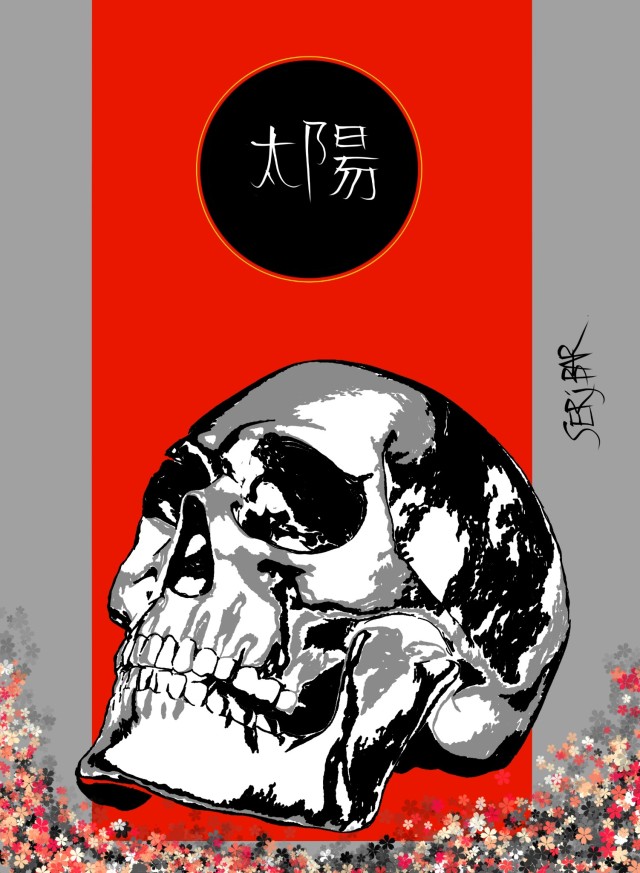
Black Sun(Hiroshima and Nagasaki)

